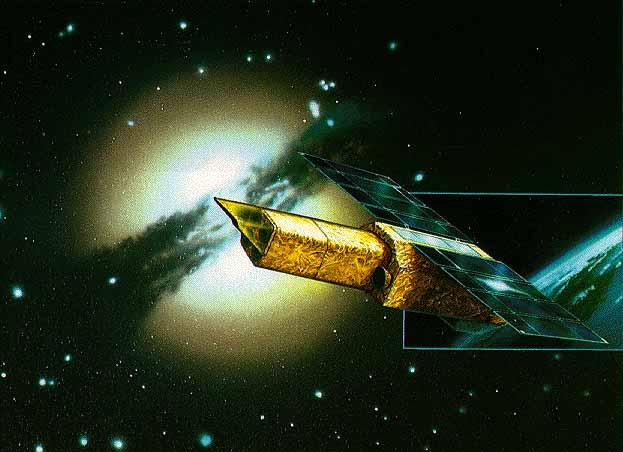


ASTRO-E is a new satellite observatory for X-ray astronomy, scheduled for launch in February 2000. The X-ray Telescope uses thin foil mirrors developed at the Goddard Space Flight Center to provide imaging in the 0.4-12 keV band. ASTRO-E carries on board 3 instruments. The X-ray Spectrometer (XRS) is the first X-ray microcalorimeter flown on an orbiting X-ray observatory. A microcalorimeter measures the energy of incoming X-ray photons by measuring the minute change in temperature of an absorber when the absorber is hit by an X-ray photon. The XRS instrument will provide X-ray spectra with higher resolution than ever before. The X-ray Imaging Spectrometer (XIS) is a set of 4 charge-coupled devices which will allow spatially-resolved X-ray spectroscopy of astrophysical sources. Both the XIS and XRS cover the energy range 0.4-12 keV. The Hard X-ray Detector (HXD) provides non-imaging measurement of the X-ray spectrum up to 700 keV.
ASTRO-E is a combined effort of NASA and Japan's Institute for Space and Astronautical Science (ISAS), and is Japan's fifth X-ray Astronomy mission. It is well complemented by ESA's upcoming XMM mission, and NASA's recently launched Chandra satellite. With all three missions operating, X-ray astronomy will enter a new golden age.